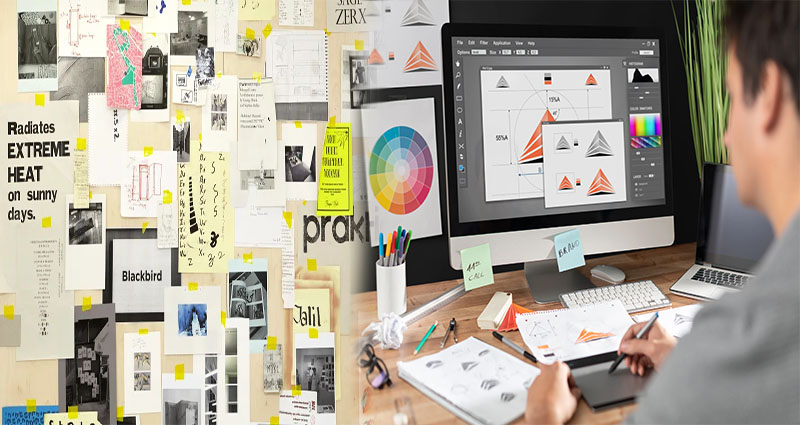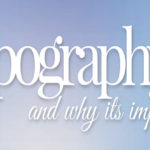I’ve been in the graphic design business for decades, and I can tell you that there are two things in this world that never change: one is death, and the other is how much time people spend thinking about their favorite graphic designs. I’m sure many of you reading this article have at least a few examples of your favorite designs printed out on your desk or pinned to your wall. If not, then we suggest getting started right away because there are so many great designers out there doing incredible work!
Graphic design examples are so helpful!
Graphic design examples are so helpful!
The best way to learn graphic design is by studying the work of other designers. If you’re looking for inspiration or just want to see what’s out there, here are some great places where you can find examples of graphic design:
- Dribbble (https://dribbble.com/) is a community of designers sharing their latest projects. This site has been around since 2009 and has over 1 million members from all over the world who upload their work regularly with tags that make it easy for others’ eyes to find exactly what they need in seconds flat (or even less). You can also follow specific people on Dribbble if you really like what someone does and want updates on future projects–just make sure not everyone is following back!
A great graphic design example should be inspiring and instructive.
A great graphic design example should be inspiring and instructive. It should be relevant to your project, audience, brand and goals.
The best way to find inspiration is to study successful graphic designs that have already been created by professionals in the same industry as yours.
There are tons of great graphic design examples out there.
There are tons of great graphic design examples out there. You can find them on the internet, in magazines and books, in your friends’ portfolios and even at conferences.
It’s important to know what you want your design to accomplish before you start creating it.
It’s important to know what you want your design to accomplish before you start creating it. This means knowing the target audience, purpose of the design, and message that needs to be conveyed. The medium in which you present your work is also something worth considering at this stage of planning (e.g., print vs digital).
If possible, try coming up with several different approaches for tackling your project before settling on one idea as “the” solution.
How can I tell if a graphic design example is good?
When you’re studying graphic design examples, it’s important to look at the overall design. You should also consider how each element of the page was created–the typography, color palette and layout. When you look at individual elements of a design example that you like, ask yourself:
- Does the font match its purpose?
- Are there enough colors in this piece? Do they all work together or clash?
- Was this layout chosen because it had space for all the information needed by readers or did it mean something else entirely?
You can also study how large or small each element is placed on your page (or spread). For example, if an image takes up half of one side but only needs half as much space as another image would need on another side then there is contrast between those two images even though they might share similar qualities such as being black-and-white photos taken with a DSLR camera rather than one being shot with an iPhone versus another being shot with an old 35mm film camera instead!
Start with the color palette.
The first thing you should do when starting any design project is to decide on a color palette. You can choose to use one of the many pre-made palettes offered by designers, or you can create your own custom colors based on the message of your graphic design project and its intended audience.
Once you have decided on a color scheme, stick with it throughout your entire design process–from wireframes and sketches through final production stages like typography and image selection–to ensure that all elements work together seamlessly.
Look at the typefaces that are used in the design.
Typefaces are the letters and symbols that make up a font. There are thousands of typefaces, each with its own unique feel, look and history. Some typefaces are more formal than others, while some are playful or even whimsical.
- Look at how the typeface was used in this design: Was it used as an accent? Was it used for headlines only? Or did the designer use different styles throughout his or her design (for example, serifs vs sans serif)?
Take a look at how the layout works with the images and other elements on the page.
- Take a look at how the layout works with the images and other elements on the page.
- Look at how the layout works with the images and other elements on the spread.
- If you’re working in print, think about how your layout will affect readability when someone is holding it in their hands or flipping through pages.
Look at how large or small each element is placed on the page (or spread).
The placement of elements is important, and the size of each element should be proportional to the other elements on the page or spread. For example: if you have two large graphics in a row with no text between them, they’ll feel disconnected from each other because there’s no visual break in between them. If you want readers to focus on one thing at a time when looking at your design (like I do), then this is something worth paying attention to!
Study how they created contrast between different elements on their pages (or spreads).
- Study how they created contrast between different elements on their pages (or spreads).
- Contrast is important for readability. You want your reader to be able to scan the page and understand what they’re reading at a glance, so it’s best if everything is clearly defined by color, font, size and shape. This can be done through both positive and negative space–that is, by using shapes or orientations that are different from one another.
If you’re going to invest time in studying graphic designs, make sure they have all these qualities
If you’re going to invest time in studying graphic designs, make sure they have all these qualities:
- Inspiring. A good design should inspire you and make you want to create something similar. It’s easy for a designer who is just starting out or doesn’t have much experience with graphic design software to create something that looks cool but doesn’t have much substance behind it. When this happens, don’t just copy the style of the original piece–find ways that make your own work better than theirs!
- Instructive/educational (or “teachable”). It’s important for us as learners when we see examples of great art or design so that we can learn from them and improve our own skills by comparison. If a piece isn’t instructive enough then there isn’t much point in looking at it unless it has other qualities such as beauty or humor which might appeal more strongly than educational value itself does.”
From here, there are two ways to go. You can either try your hand at creating some designs of your own or continue studying examples until you feel like you have a good grasp of what makes them work so well. If you’re just starting out with graphic design, it’s important not to get discouraged if your first attempts aren’t perfect–you’ll need time and practice before your skills improve!











